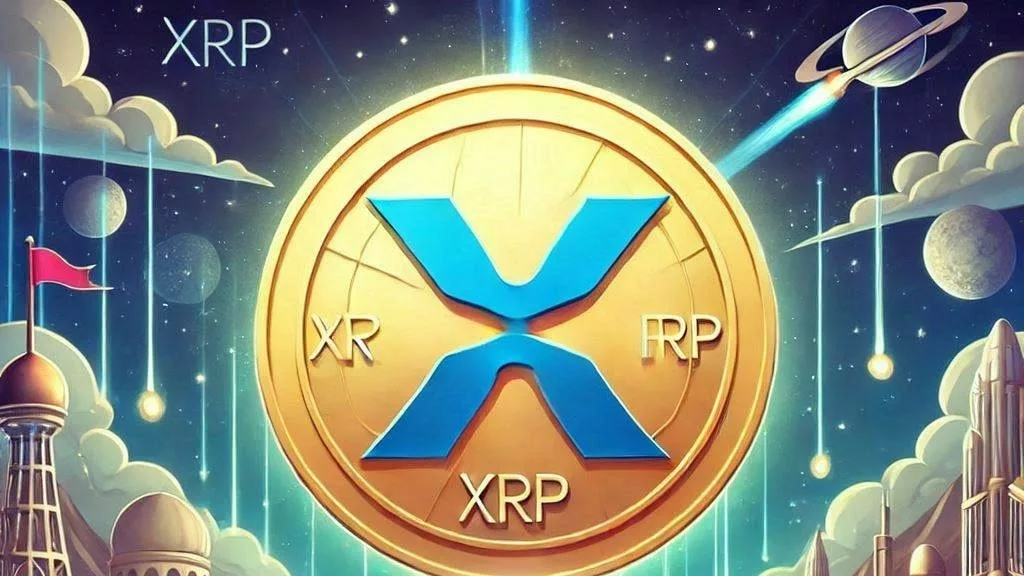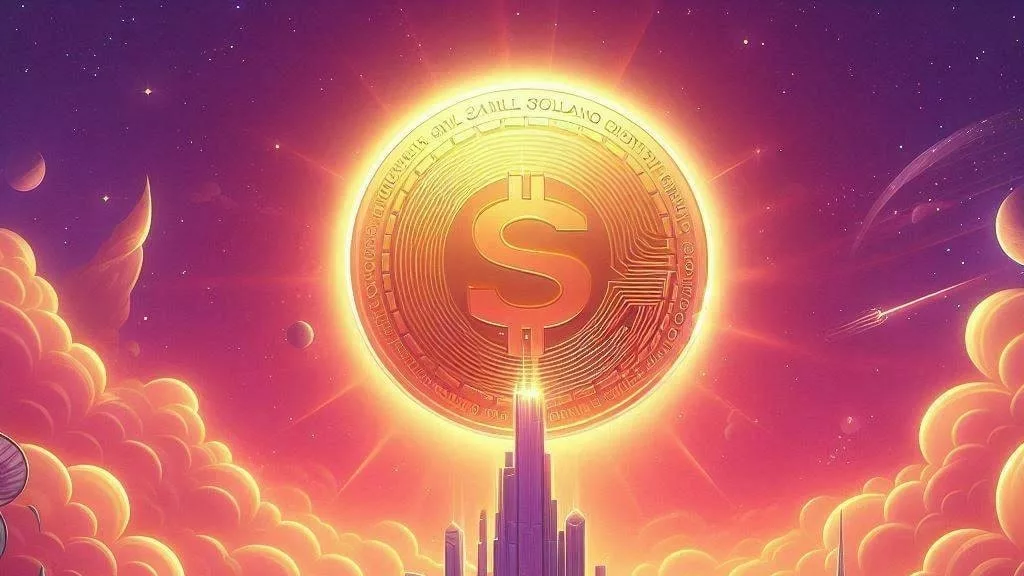
XRP has gained renewed attention in the crypto space, with many enthusiasts, including internet celebrity Tristan Tate, wondering about the token’s potential to surge from its current price of around $2.5 to $100. While this may seem a stretch to some, one trader, Steff, believes that multiple factors could contribute to such a dramatic rise in XRP’s value.
XRP as the SWIFT Killer
Steff’s main argument for XRP’s potential lies in its ability to disrupt the traditional SWIFT network, the international payment system that banks have used for decades. SWIFT transactions are often slow and expensive, whereas XRP can process payments in seconds at a much lower cost. According to Steff, if XRP replaces even a portion of SWIFT’s market, demand for the digital asset would surge, leading to significant price appreciation.
XRP’s ability to handle cross-border payments quickly and efficiently could be a game-changer for global remittances. As financial institutions and countries look for cheaper, faster alternatives to traditional payment systems, XRP’s adoption could grow exponentially, triggering a sharp price increase.
Ripple’s Partnerships and Global Adoption
Another factor fueling optimism about XRP’s future is Ripple’s extensive list of global partnerships. Major financial institutions such as Santander and American Express have already integrated Ripple’s technology for cross-border payments. As regulatory clarity around cryptocurrencies increases, more banks and financial institutions may adopt XRP, further pushing its demand and market value.
Ripple’s On-Demand Liquidity (ODL), now known as Ripple Payments, is already used by several financial giants to facilitate instant cross-border transactions. If this technology becomes widely adopted across the global remittance market, XRP’s transaction volumes could surge, driving the price up in tandem.
Regulatory Clarity and Increased Utility
The trader also points to the ongoing regulatory challenges faced by Ripple, particularly the lawsuit with the U.S. Securities and Exchange Commission (SEC). However, Steff is optimistic that the change in leadership at the SEC may lead to regulatory clarity for XRP. If this happens, large financial institutions, including Wall Street, could enter the market, helping to drive XRP’s price to new heights.
Additionally, XRP’s limited supply and increasing utility as a means of conducting cross-border payments, tokenizing assets, and enabling smart contracts would likely create a supply-demand imbalance. This further strengthens the argument for potential price growth.
The $100 Target: A Realistic Possibility?
According to Steff, if XRP were to capture just 10% of the global remittance market, its market valuation could rise by 3-5 times. Furthermore, if XRP replaces SWIFT for global payments, which move trillions of dollars daily, the asset could reach the $100 mark. While these figures are speculative, they are based on real-world use cases and growing adoption.
However, critics argue that for XRP to reach $100, its market capitalization would need to exceed $5 trillion, assuming 45 billion tokens are in circulation. At this price point, XRP would have a market cap far greater than many of the world’s largest economies, which some view as an unlikely scenario.
Despite differing opinions, Steff’s arguments highlight the practical use cases of XRP and its growing role in global finance. While reaching $100 may be ambitious, it is not entirely out of the realm of possibility given XRP’s utility and increasing global adoption.


Get the latest Crypto & Blockchain News in your inbox.